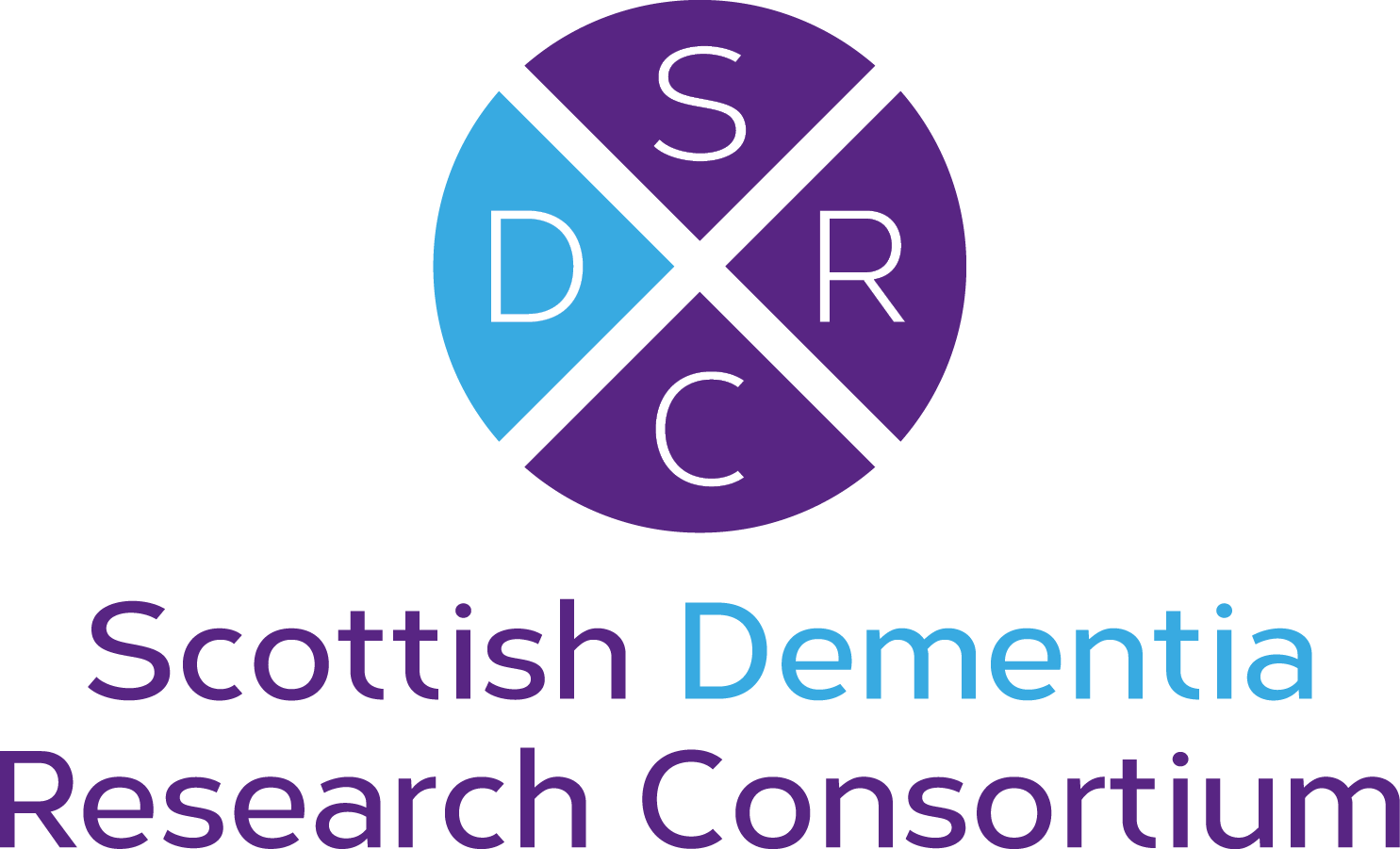The SDRC Annual Conference, held on 15th April 2019, brought together attendees from all over Scotland to hear about the latest developments in dementia research. In attendance at the conference as well were representatives from groups that work very closely with the SDRC; the Scottish Dementia Working Group (SDWG) and the National Dementia Carers Action Network (NDCAN)
This guest blog is from Marion of NDCAN, providing an account the day itself for those who were unable to attend. Photos from the conference will be available soon.
Main Focus of conference: I attended this conference because I personally believe that research is the key to finding a cure for dementia. I don’t think it will happen in my lifetime, but I hope for my children and their children’s generations there will be hope. I was heartened to listen to how researchers of all ages, from all over Scotland, were collaborating and sharing their research findings, not just in Scotland but also with the rest of the UK, USA, Canada, Netherlands, Germany, South Africa and South Korea. There are 768 researchers and 136 PhD students in Scotland alone working with a grant income of £182.9 million. For too long, Dementia hasn’t been spoken about – a bit like Cancer in the 60s – but all over the world this is changing. If we at NDCAN are to campaign for change and improvement for those currently living with dementia and their carers, it is extremely helpful to be able to confidently say that research is heading in the right direction. Scotland’s researchers are working to find solutions to prevent, treat and eventually cure dementia.

Key Points: We heard a lot about Amyloids and TAU proteins, plaques and MI receptors. Prof. Andrew Tobin of Glasgow University was excited that new developments were proving to slow down symptoms and repair memory in mice. Unfortunately, mice can be treated at an early stage but most humans will only seek help too late, and medication dosage is restricted for humans because of side effects. Dr Barry Crouch from Aberdeen University also felt drugs were failing because they were being given too late, and was keen for early screening to detect the disease. In 1995, EEG screening had been replaced with the new, but very expensive technology of PET and MRI scans. He would like to see developments in EEG technology for early detection without the need for expert decoders. It is already possible to detect Alzheimer’s in mice using EEG, but no human trials have been started yet. We also heard from 10 students about their projects covering stress, mobility and gait, processing skills, better diagnostic tools and from Anna Jack-Waugh on her final year project on the benefits of education to improve hospital situations through the Dementia Champions project.
Personal highlights: 1) Prof Danielle Gunn-Moore (Veterinary Medicine) explained how other animals also develop Dementia. Interestingly, beagles get ‘early onset’ dementia, but 28% of cats aged 11 – 14yrs, and 50% aged over 15 years, will have dementia with similar behavioural signs as humans like increased vocalisation, more demanding of affection and attention, loss of weight and appetite, and night “crying”. We don’t let our pets live when they are older and distressed, so she was less able to say if their symptoms would have become worse. Having had 2 cats who lived to 18 and 21, and I now believe the older had dementia, and a third currently aged 13 – I have promised to donate her brain to science if she lives to 18 too.

2) Prof Lindsay Wilson from Stirling University, spoke about the new science of the connection between Trauma and Brain Injury (TBI) and the development of dementia. The severity of the trauma or brain injury is a determining factor in how long your cognitive reserve protects the brain from developing dementia. In Denmark researchers collected information from hospital records of people with head injuries, and 10 years later, found a clear link with dementia. The Glasgow Traumatic Brain Injury Archive provided brain specimens over the past 60 years and from TBI pathology, there was evidence of inflammation and white matter degeneration years after a single injury. It made me consider joining the Scottish Brain Health Register, and brain tissue donation for research on the death of a loved one with dementia.
Thank you very much to Marion, and to NDCAN.
NDCAN are a national campaigning and awareness raising group whose members all have experience of caring for someone with dementia.if you would like to more about the work of NDCAN, please click here
